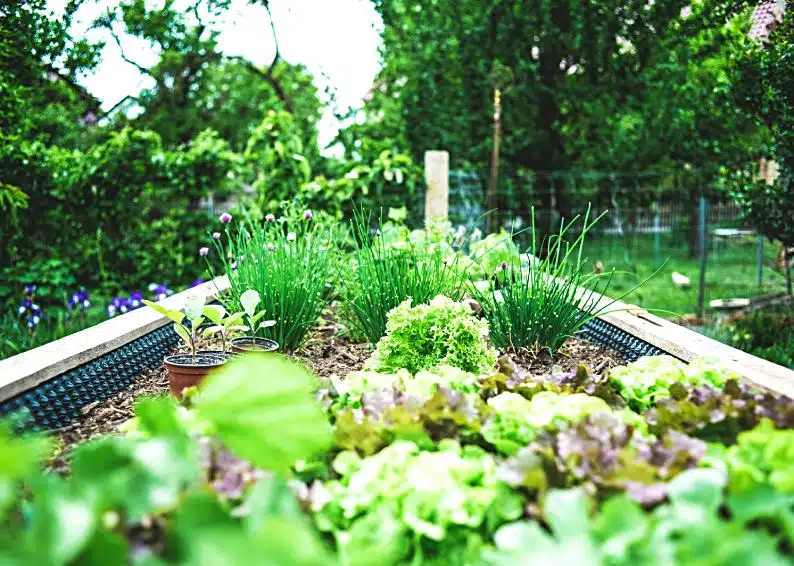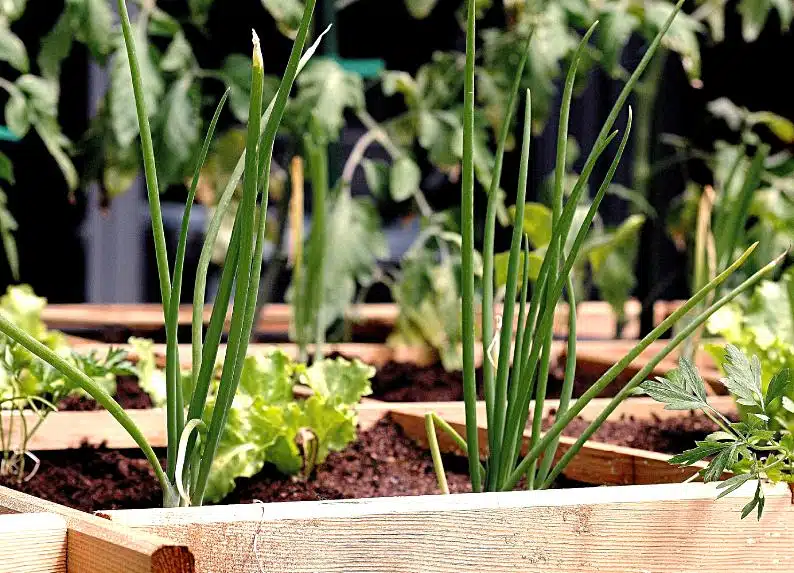words Al Woods
Urban gardening has become increasingly popular in recent years, driven by a growing awareness of the benefits of growing one’s food, even in limited urban spaces. Whether you have a tiny balcony, a rooftop, or a small backyard, cultivating your garden in an urban environment can be a rewarding and sustainable endeavor. However, before you grab your gardening tools and seeds, there are several important factors to consider to ensure a successful and enjoyable gardening experience.
Space Availability and Accessibility
The first thing to consider before starting an urban garden is the available space. When it comes to expert advice on urban gardening, evaluate the area you have and determine how much of it you can dedicate to gardening. Take note of any obstacles such as limited sunlight, access to water sources, and potential restrictions from landlords or homeowners’ associations.
If you have limited space, vertical gardening techniques like trellises, hanging baskets, and wall-mounted planters can maximize your growing area. Container gardening is another excellent option for small spaces, allowing you to grow a variety of plants in pots, containers, or even repurposed items like old buckets or wooden crates.
Accessibility is also crucial, especially if you have physical limitations or mobility challenges. Ensure that your garden area is easily accessible for planting, watering, and harvesting to make maintenance more manageable and enjoyable.
Sunlight and Microclimates
Sunlight is one of the most critical factors influencing plant growth. Before starting your urban garden, assess the sunlight exposure in your chosen location. Most vegetables and herbs require at least six to eight hours of direct sunlight daily for optimal growth. Observe how sunlight moves across your space throughout the day, considering any nearby buildings, trees, or structures that may create shade.
Understanding microclimates within your urban environment is also essential. Microclimates refer to small areas with distinct climate characteristics, such as variations in temperature, humidity, and wind patterns. Factors like pavement, buildings, and nearby bodies of water can create microclimates that impact your plants’ health and growth. Choose plants that thrive in your specific microclimate or use strategies like shade cloths or wind barriers to modify conditions as needed.
Soil Quality and Drainage
Healthy soil is the foundation of a successful garden. Before planting, test your soil’s pH level and nutrient content to ensure it can support plant growth. Many urban areas may have soil contaminated with pollutants or lacking essential nutrients. In such cases, consider using raised beds or containers filled with high-quality potting mix or compost to create an optimal growing environment.
Good drainage is another critical aspect of soil health. Poorly drained soil can lead to waterlogged roots, root rot, and nutrient leaching. Ensure your containers or raised beds have adequate drainage holes and consider adding organic matter like compost or perlite to improve soil structure and drainage.
Watering and Irrigation
Water is vital for plant growth, especially in urban environments where heat and drought can be common challenges. Develop a watering schedule based on your plant’s needs and the climate in your area. Consider using efficient watering techniques such as drip irrigation, soaker hoses, or self-watering containers to conserve water and promote healthy root development.
Collecting rainwater or using greywater from household sources can also supplement your watering needs while reducing water consumption. However, be mindful of any local regulations or restrictions regarding water usage and conservation.
Plant Selection and Companion Planting
Choosing the right plants for your urban garden is crucial for success. Consider factors such as your climate zone, available space, sunlight exposure, and soil conditions when selecting plants. Opt for varieties that are well-suited to your environment and that you enjoy eating or using in cooking.
Companion planting is a strategy where certain plants are grown together to benefit each other. For example, planting marigolds alongside vegetables can deter pests, while growing beans near corn can improve soil fertility through nitrogen fixation. Research companion planting combinations that work well for your chosen crops to promote a healthy and thriving garden ecosystem.
Pest Management and Disease Prevention
Pests and diseases can pose significant challenges to urban gardeners. Implement integrated pest management (IPM) practices to minimize pest damage while reducing reliance on chemical pesticides. Encourage natural predators like ladybugs, lacewings, and birds that feed on garden pests. Use physical barriers, such as row covers or netting, to protect plants from pests like insects and small animals.
Additionally, practicing good garden hygiene, such as removing diseased plant material and rotating crops annually, can help prevent the spread of diseases. Choose disease-resistant plant varieties whenever possible and monitor your garden regularly for signs of pests or abnormalities.
Sustainability and Environmental Impact
Urban gardening offers an opportunity to contribute positively to the environment and promote sustainability. Consider incorporating eco-friendly practices into your garden, such as composting kitchen scraps, using organic fertilizers, and reducing plastic waste by opting for reusable gardening materials.
Supporting pollinators like bees, butterflies, and native birds is also essential for a healthy garden ecosystem. Plant pollinator-friendly flowers and avoid using pesticides that harm beneficial insects.
Community Engagement and Education
Urban gardening can be a communal and educational experience. Consider involving your neighbors, friends, or local community in gardening projects, sharing resources, knowledge, and harvests. Community gardens, seed exchanges, and workshops are excellent ways to connect with fellow gardeners and contribute to a greener urban environment.
Educational initiatives, such as gardening classes, workshops, or online resources, can also enhance your gardening skills and knowledge. Learn about sustainable gardening practices, plant care techniques, and seasonal gardening tips to improve your garden’s productivity and resilience.
Starting an urban garden requires careful planning, consideration of environmental factors, and a commitment to sustainable practices. By evaluating space availability, sunlight exposure, soil quality, water management, plant selection, pest control, sustainability, and community engagement, you can create a thriving and rewarding urban garden.
Remember that gardening is a continuous learning process, and each season presents new opportunities and challenges. Embrace experimentation, adaptability, and a passion for growing your food, and enjoy the journey of urban gardening while contributing positively to your local environment and community.






